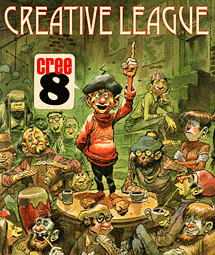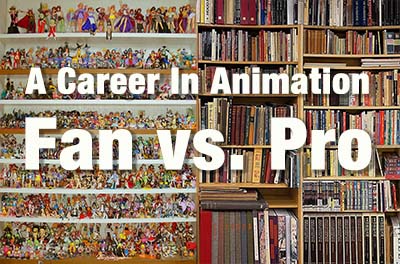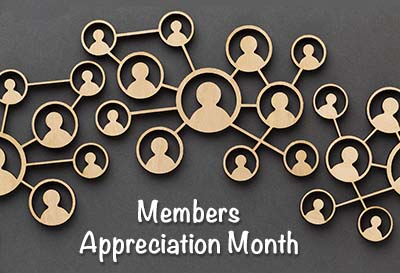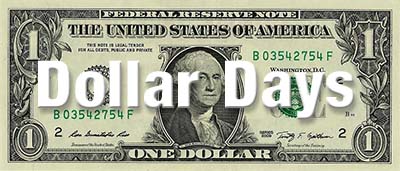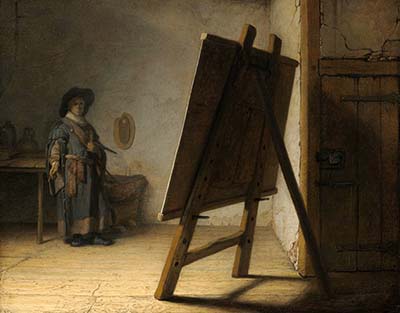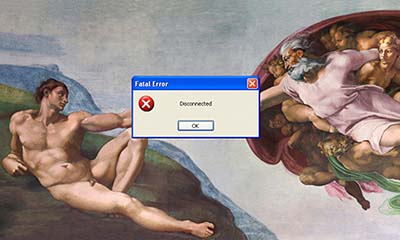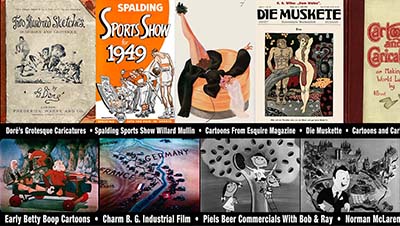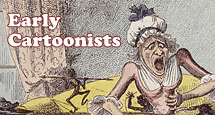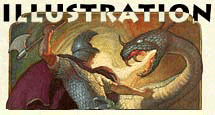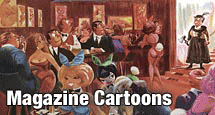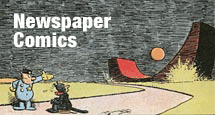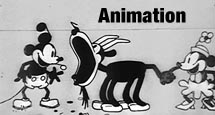Last night in our Discord discussion, one of our members asked me a question that is one I think about a lot. The person who asked is a young artist looking to break into animation as a career. He said that the material Animation Resources shares excites him a lot and it inspires him in his own work, but when he tries to share it with fellow students, the look at it with a puzzled expression and say, “What does this have to do with what I do?” He wanted to know why they didn’t see in the material what he saw in it.
I hesitated before answering, because I have a theory on that but it isn’t a very popular opinion… The hard truth is that not everyone who studies animation is an artist. The majority of students studying animation are fans.
PROS PLAY THE GAME. FANS ONLY WATCH.
An artist looks at the world around him, absorbing life and the personalities he sees. Artists soak up creativity of all kinds… not just animation, but live action films, comics, fine art, dance, music, sculpture, acting, writing, even architecture. All of these inspiring things combine to create the artist’s frame of reference. No one knows exactly how it all works, but this is the pool of ideas that he calls upon to inspire him to create something totally new and totally his.
But a lot of animation students, perhaps the vast majority of them, are different than that. They grew up watching anime or golden age cartoons or Disney features and dreamed of making films like that themselves. They watched the DVD supplements and read the animation “history” books published by the studios and decided to become an animator… but not an animator in the sense of creating things… an animator who makes things exactly like the things they grew up loving. They practice drawing the familiar shapes used in anime or Disney style or Warner Bros cartoons, and learn to do a more than passable job of imitating poses from the films they watched as a kid. But if they’re asked to come up with a new design or draw something in a different style, they can’t do it. Their whole focus has been on the one thing they loved as a kid. They haven’t become an animator, they’ve become a professional fan of those particular films.
What happens to people like that? Well, if a show is in production that happens to match the style they’ve modeled themselves upon, they’re in luck. They might get a job assisting an artist, tying down the lead artist’s rough drawings using the stylistic formulas they’ve trained themselves to imitate. But the problem is, styles change.
Since I started in animation in the 1980s, I’ve seen a bunch of styles come and go. For a while round cute characters were the vogue, then flat stylized, UPA influenced characters and characters with angular shoulders and elbows replaced them. “Wacky” cartoons dominated with funny animal duos for a while, until they were replaced by animated sitcoms… noodle arms, anime influenced, CalArts style… lines with thicks and thins, dead line, volumetric characters, flat ones… Every few years a new style came along and replaced the old one. People who had trained themselves to draw in only one style got swept aside and new artists replaced them.
There’s nothing wrong with being a fan of animation. That’s where all of us start. But if you want to make it a career, you need to go beyond that. You have to have your eyes on the horizon, focusing on the NEXT big style, not training yourself to draw in the LAST big style.

I’ve never seen a study that tracked what happens to people who earn animation degrees, but my informal polling indicates that the majority of these students never end up working in animation. Even at the best schools, the percentage is probably less than half, and at some schools they’re lucky if a single person in an entire graduating class lands a job in animation. Considering that a four year degree in animation costs more than $100,000, that can be devastating for a young student who suddenly realizes their focus has been on all the wrong things the whole four years of schooling.
Even worse, I’ve had some students tell me that they are getting an animation degree to become an “animation historian”. That horrifies me because there are only a handful of people I know who do that professionally, and the ones I know live hand to mouth surviving on side jobs to pay the bills. Just watching all the supplements on DVDs and memorizing the info in books on animation isn’t enough to support a career,. Pile $100k of student debt on top of that and it’s a recipe for disaster.
A few years ago, I heard a director at a big cartoon studio say that just about anyone who could hold a pencil could get a job in animation. The studios were pumping out dozens and dozens of animated TV series with as many as 65 half hour episodes of each. Recently, that bubble burst and many series were cancelled and artists were laid off. Today, competition for the few remaining jobs is fierce. Only the best of the best survive.

SO WHO ARE “THE BEST OF THE BEST”?
They’re the people who think like artists, not like fans. They aren’t invested in drawing in one particular style, their skills are based on a firm grasp of the fundamentals of art that allows them to work in many styles. They’re the people who are experienced and can meet deadlines and deliver a product that doesn’t require the supervisor to extensively revise their work. They’re the people who invested in themselves with an organized program of self study… life drawing, absorbing art of all kinds, analyzing and breaking down styles to build versatility, a focus on moving forward up the ladder and aspiring to become a greater artist… exactly the kind of person who totally understands what Animation Resources is doing.
If you are a young artist who expects to build a lasting career in animation and you look at the stuff Animation Resources shares and you don’t understand how it applies to you, you need to figure it out quick. You’re a deer in the headlights. Animation won’t change to fit you, you need to change to fit it. The material we are sharing has been selected by successful animators who know their stuff and have survived the changes over the years. We don’t have a lot of members in our organization, but the ones we have are “the best of the best”. If you want to be among their ranks, you need to sit down and figure out what they know that you don’t.
Think like an artist, don’t think like a fan. A good start at doing that is signing up for a membership in Animation Resources.
For the past decade, Animation Resources has been serving artists working in the fields of animation, cartooning and illustration. Our volunteers and members have pulled together to raise the bar for our art form, and it’s time to celebrate… It’s Members Appreciation time again!
During the month of February, Animation Resources expresses our appreciation for to members with a very special Reference Pack, and we invite you to become a member too. For the next 30 days, we will be sharing reasons why you should join us. Our benefits of membership far exceed the cost of our annual dues.
This year, we are trying something new to encourage new memberships. You can join for a one week trial membership for only A DOLLAR! Yes, you get access to everything our annual members get for seven days for only a buck. (Click here for the details on our Dollar Days.) What are you waiting for?
You can find out what our members get at the Member Appreciation Page. It’s easy to join. Just click on this link and you can sign up right now online…
JOIN TODAY!
https://animationresources.org/membership/levels/
![]()
![]() Animation Resources depends on your contributions to support its projects. Even if you can’t afford to join our group right now, please click the button below to donate whatever you can afford using PayPal.
Animation Resources depends on your contributions to support its projects. Even if you can’t afford to join our group right now, please click the button below to donate whatever you can afford using PayPal.





